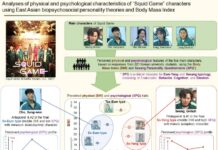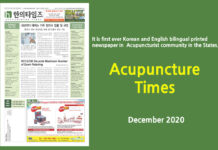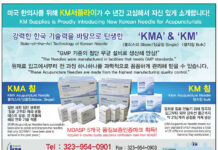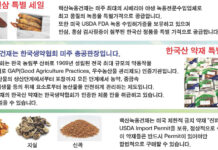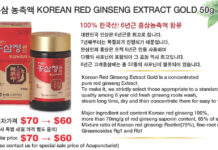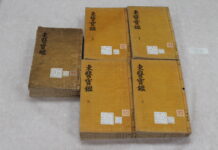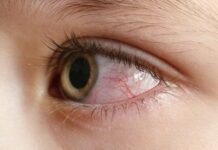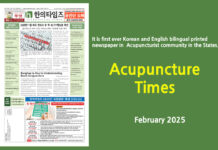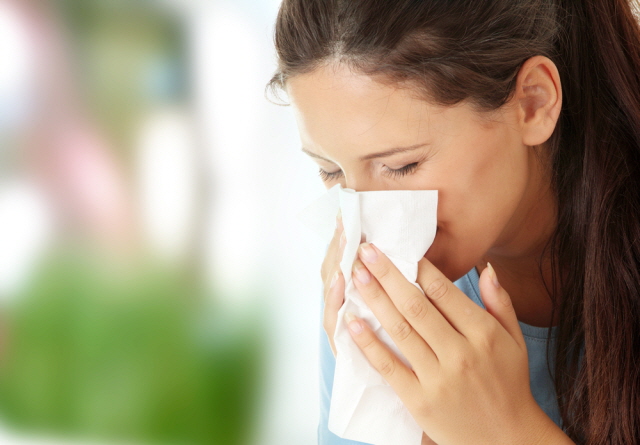By David Lee L.Ac.
Case 1
Mark R., age 47, has experienced moderate to severe seasonal allergies since the age of 18. Symptoms included sinusitis, fatigue, brain fog, itchy eyes, post-nasal drip, and frequent sneezing, with peak severity occurring in spring from March to May. As a sound recording engineer, the symptoms severely affected his work performance in the studio.
The treatment primarily focused on the Yang Horary points in the Metal Order on the left side of the body: LI1, UB66, GB41, SI5, and ST36. Additionally, Wood points—SI3, LI3, UB65, and ST43—were incorporated based on a constitutional diagnosis of Soyangin in Sasang medicine, Pitta-Vata in Ayurveda, and an Intuitive/Perceiving personality type in the Myers-Briggs framework.
The patient has been receiving treatment at this clinic for three years in the Spring season. Year 1 was 6 visits. Year 2 was 13 visits. This year was 7 visits. After the first treatment, the patient reported significantly reduced symptom intensity and improved sleep that same evening. Each year, the pattern of improvement remained consistent, with treatments leading to a progressive reduction in symptom intensity, frequency, and duration in all symptoms. The response was linear and cumulative with each treatment. Improvement was a consistent 90% or above.
Case 2
Mike, age 63, took allergy pills 2-3 times a day for hay fever throughout the year. He had pain in upper arms caused by carrying heavy equipment and luggage. Medication and cortisone shot did not relieve the pain. Difficult to sleep at night. Since childhood, rash on skin of lower legs and dry-cracking skin of soles. Chronic plantar fasciitis.
Acupuncture was right-side Yang horary points in Metal Order of LI1, UB66, GB41. SI5, and ST36.
The patient had 11 treatments in 3 months. He had acupuncture once or twice a week in the first 3 weeks. The first treatment immediately reduced the pains. By the 6th visit, the pains were much less in intensity, frequency, and duration. The hay fever and skin rash were further lessened with Taeeumin Sasang formula Tai Yin Tiao Wei Tang (Yi Yi Ren, Gan Li, Lai Fu Zi, Wu Wei Zi, Mai Men Dong, Shi Chang Pu, Yuan Zhi, and Jie Geng) (aka Pitta-Kapha in Ayurveda, Taeeumin in Sasang, and Choleric in Unani). By 11th visit, most of the symptoms were gone. The patient was amazed with a solution for his life-long skin problems and allergy although he initially visited this clinic for reduction of pains.
Case 3
Sara, a 70-year-old woman, had been experiencing a chronic cough for the past year. The cough occurred throughout the day and worsened in the evening, with little to no relief from conventional medications. Symptoms intensified during allergy season.
Acupuncture treatment focused on the right-sided Yin horary points following the Wood-Fire sequence: LR1, HT8, SP3, LU8, and KD10. Remarkable improvement was observed after the first treatment, with immediate relief of both cough and sinus congestion. By the third session, the cough had improved by at least 70%.
The patient was identified as a Taeeumin constitution type and was advised to reduce intake of chicken, turmeric, ginger, lettuce and cabbage varieties to help prevent recurrence.
In some individuals, symptoms such as cough, sinusitis, and hay fever are closely linked to food intolerances and sensitivities. These conditions often represent the body’s attempt to eliminate harmful substances through its natural exit routes—particularly the throat and nasal passages.



